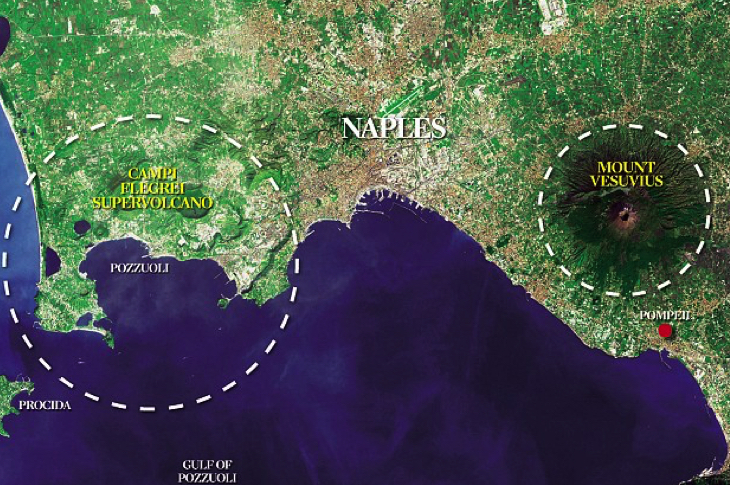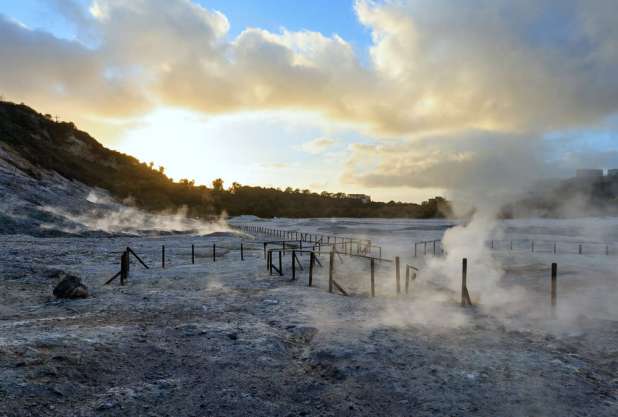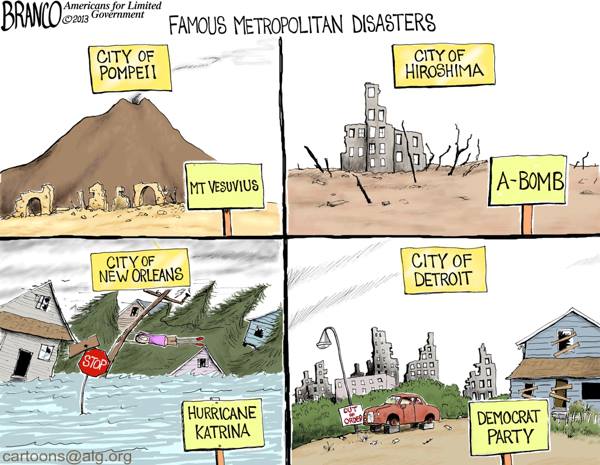It could endanger the lives of much more than 500,000 people.
When Mount Vesuvius erupted and buried the Italian city of Pompeii in ash, killing 2,000 people, it was regarded as one of the most catastrophic natural disasters and is still studied heavily today. By comparison, a nearby supervolcano called Campi Flegrei, which means “burning fields,” would put the lives of 500,000 Italians at risk and cause damage that would extend to the surrounding nations.
Campi Flegrei has been around for many years and has notable eruptions that occurred 39,000 and 12,000 years ago. The first eruption is thought to have contributed to the extinction of the Neanderthals; though this is heavily debated, what’s indisputable is that it caused heinous weather changes, toxic levels of sulfur in the air which caused dark red sunsets for a year, and tons acid rain. In the most recent eruption, the supervolcano erupted for 8 days straight and formed a new mountain, aptly named Monte Nuovo.
Scientists have been detecting an increase in low-level activity since 2005, which they have called an “uplift.” The recent activity prompted the Italian government to raise the threat level from green to yellow, which means that the volcano is now monitored 24/7 to detect any increases in the likelihood that it could erupt. A recent study found that the activity has increased substantially, which spurred the government into action.
Half a million people are living directly on top of and on the flanks of the supervolcano in the bustling metropolitan area of Naples. If it were to erupt, these people would likely die if not given enough time to evacuate, but the repercussions could extend much further than that if it reaches the same magnitude as it did 39,000 years ago.
If that were to happen, the ash clouds would surely block the sun and lower the Earth’s temperature. As a result, livestock, crops, and other plant species would die, causing wild animal extinctions and leading to starvation around the world and maybe even a long, perpetual winter.
Of course, this would all be the worst case scenario and scientists say it’s impossible to know when or if the supervolcano will actually erupt. Some speculate that, based on past eruptions, we have at least a few decades to wait before really needing to worry, but that could still be in our lifetime. Others say that the levels of degassing pressure that are being reached are critical and could mean an explosion in the very near future. Thankfully, the scientists are watching the movements 24 hours a day to determine what the risks are and those affected by the disaster will hopefully be given ample time to evacuate.


